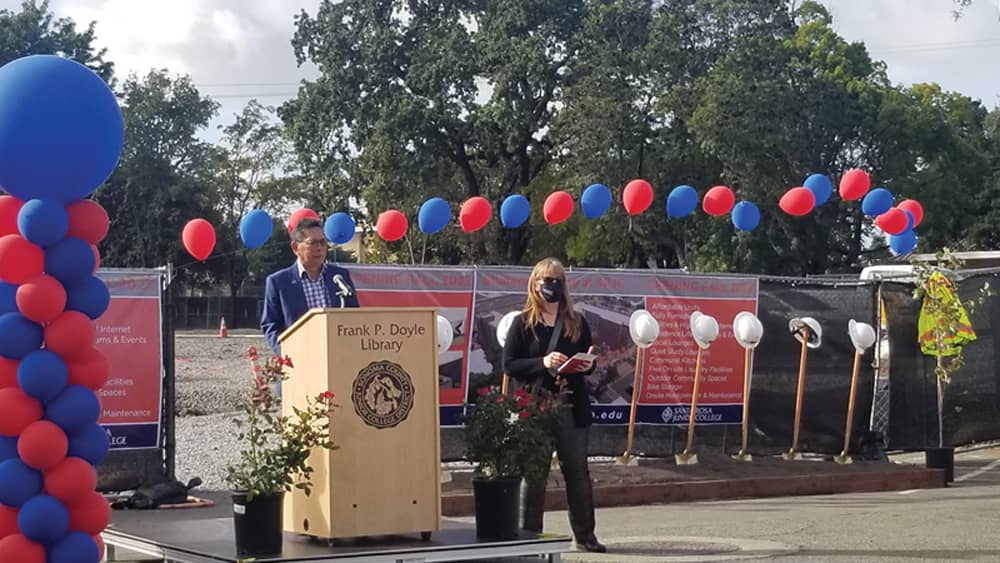
The Price of Student Living
With a plethora of education opportunities beyond high school comes a plethora of costs and expenses. As both local and foreign students occupy any university or college in the U.S. at any given time, student housing is an important part of the college experience and is also one of the most expensive.
Average room and board cost $11,500 at public four-year universities, while private four-year universities average $12,700. Housing remains one of the largest cash cows for any collegiate institution. Four-year institutions made $28 billion on housing and dining costs in the 2018-19 school year, roughly 8% of all revenue, according to the National Center on Education Statistics. This figure also includes parking and on-campus stores.
But, depending on where you’re studying, costs will vary significantly. The northeast costs the most on average, with Vermont, New Hampshire, New Jersey, Massachusetts, Pennsylvania, Connecticut, Illinois, Rhode Island and Virginia totaling more than $25,000 of student costs per year including tuition. Utah averages as the least expensive at just $14,800 per year. Wyoming, Florida, Idaho and New Mexico are the only other states to average less than $17,000 per year.
source: educationdata.org
Other Hidden Costs of Higher Education
Paying for classes and housing covers most of the annual expenses a collegiate student fetches every year, but consider these additional costs that can make the experience even more daunting.
$3,144 per year for utilities for housing both on and off-campus
$2,250 per year for campus dining (or $3,600 per year for groceries)
$1,334 per year for textbooks, material and supplies
$900 per year for health insurance
$396 per year for public transportation to commute to campus
If it becomes too much, financial aid is always available. Though 86% of college students benefit from some form of financial aid, more than $2 billion in student grants are left unclaimed every year. The federal government’s annual budget for student grants is $32 billion, with 41% of students receiving $5,179 on average in federal loans.
source: educationdata.org
SRJC Breaks Ground on Student Housing
Santa Rosa Junior College held a groundbreaking ceremony in October at its Santa Rosa campus to celebrate the construction of a five-story, 352-bed residence hall for students at risk of experiencing homelessness. The project is slated to open sometime in the fall of 2023.
School officials emphasized the need to create accessible housing for its students, citing the glut of units in the area due to recent wildfire destruction and a surging market driving up rental costs. “It’s a great risk. But you need to take risks in order to achieve great things,” said SRJC president and superintendent Dr. Frank Chong.
Former SRJC student and current state Sen. Mike McGuire was also in attendance, calling the event “one of the best days on campus in years.” Sen. McGuire echoed how imperative the creation of affordable student housing in Sonoma County is. “There are 2.1 million junior college students in California, 60% are experiencing housing insecurity,” he said. “These housing units will help change the lives of students for years to come.”
The bill for construction on the largest student-housing project in the school’s 100-plus year history is estimated to cost more than $60 million. The project is funded by a public-private partnership, in which the builder pays for development and construction costs and then collects rents for the next 40 years to recoup its costs and make a profit.
Pedro Avila, vice president of student services, said the project began three years ago, “as a dream to support our most vulnerable students.” Avila dedicated the project to the students experiencing homelessness. “If you had to bounce around from home to home because there was no place to call home, this project is dedicated to you.”



